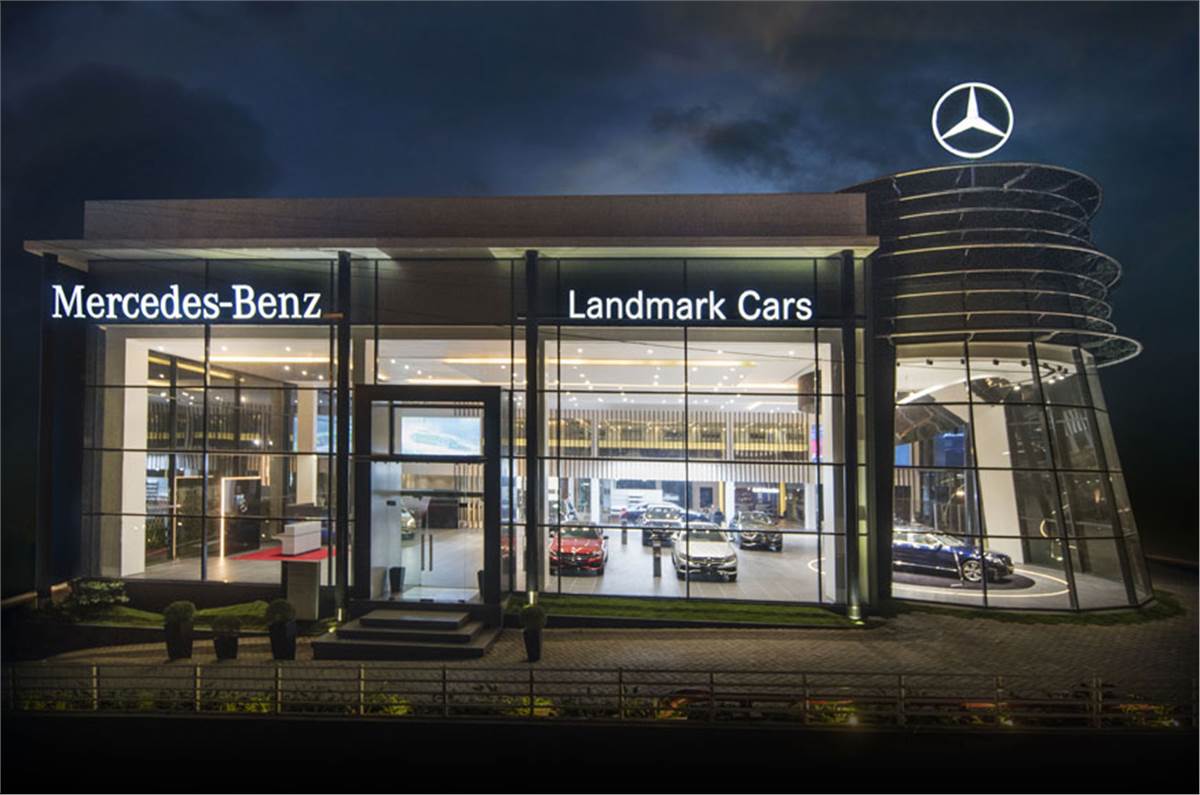Mercedes expects sales to return to pre-COVID normal by 2022

Mercedes India recently revealed its performance figures for 2020, and in line with the rest of the auto industry reeling under the pandemic, it too posted a significant decline. The German marquee pegged last year’s sales at 7,893 vehicles, which is a 42.7 percent drop compared to 2019’s figure of 13,786 units.
- Supply chain issues continue in 2021
- Full sales potential of this year’s launches to only be realised in 2022
- High prices continue to limit market development
Although the company witnessed a considerable uptick in demand in the second half of 2020, which is expected to continue this year, it doesn’t see volumes reaching pre-COVID levels till at least next year. “We think it will take this year and 2022 to come back to the 2018 level (15,538 units) which was our best,” said Martin Schwenk, MD and CEO, Mercedes-Benz India, in an interview with Autocar India.
Production issues to get resolved only after Q1 2021
The pandemic and ensuing lockdowns have had an impact on the company’s product plans. “COVID-19 delayed our ramp up. While we had earlier planned to launch the (second-gen) GLA and the A-class Limousine in the fourth quarter last year, we couldn’t keep that (timeline) because of delays,” mentioned Schwenk.
He added, “For critical tasks and releases of processes, procedures and product features, we require support from the Daimler centres in Germany. The whole pandemic situation actually made it very difficult since there were issues around travel restrictions.”
Moreover, it wasn’t only the production plans for upcoming models that suffered, but the existing products also faced supply side issues. “We had some constraints when it comes to our SUVs,” said Schwenk. “We still don’t have full availability of GLE and GLS – we are looking at a waiting period of 1-3 months.”
The German boss mentioned that it will take a few more months in Q1 2021 to get the supply chain issues resolved, post which the company is planning a product onslaught. “Our product offensive will fully unfold from April and that means, in the first quarter, we will still have this (supply-side) impact,” he said.
2021 to remain a transition year for Mercedes Benz India
Mercedes has been in the process of reintroducing key models and building up its India portfolio since last year. Commenting on the company’s product strategy, Schwenk said, “We launched 10 models in 2020 and we will launch 15 models in 2021. So the overall benefit of the new range will then only come in 2022. This means that 2021 will remain a transition year.”
Moreover, the expected launch of the A-Class sedan and GLA SUV will give the automaker a much needed presence in the entry-level luxury segment, something it has been missing for over a year. And though both the products are not expected to be “substantial game changers” due to their premium positioning, Schwenk believes that they can add to Mercedes’ volumes by attracting new customers into the fold.
Subsequently, the automaker has also planned to bring in the new S-Class flagship, facelifted E-Class and the AMG GT Black Series to our market this year.
Improvement in economic factors to be crucial
The auto industry has posted a faster-than-expected rebound from last year’s slump, which the Mercedes head attributes to a consistent unlock strategy for the country. “What helped is the relative stability that unfolded month-over-month. We didn’t have any lockdowns again. So we had a consistent opening and that was followed by a reduction in new cases of infections.”
Though the economy is projected to contract this fiscal year, Schwenk noted that the various indicators are not as bad as they were forecast to be six months ago. This has helped create “a positive trend in the industry”.
However, a steady improvement throughout 2021 will be crucial for Mercedes to realise its targets next year. “So it depends. Will the demand be as stable as we have in our current projections? Will there be any additional impact of the pandemic? At the moment, we would assume it stays under control, in the same way as it is at the moment,” he said.
Other challenges
Of the other traditional challenges that are expected to limit the scope of the luxury segment, Schwenk believes high costs to be the biggest hurdle. “The cost to the customer is not only of the vehicle, it also includes GST and cess on top. That is a big issue in my view,” he said.
For luxury carmakers whose volumes are too small for localisation, punitive import duties add to the existing tax burden of GST and registration charges, leading to inflated prices. “It is very difficult to have a wider audience at this price point. It’s just a very expensive offering for some of the models and that is definitely limiting market development. It limits what models come to India. At the end, if you don’t have volumes, you don’t have local production and that has a lot of ripple effects,” said Schwenk.
Moreover, Mercedes will also have to fend off growing competition. BMW is planning its own product offensive and Audi’s India portfolio is expected to reach full strength in 2021. Tesla is also slated to join the fray this year and up the heat in the luxury vehicle segment.
Also see:
Mercedes-Maybach S 580 to be assembled at Chakan plant
2020 Mercedes-AMG GLC 43 Coupe review, test drive



No comments: